Bolivia
I returned from Rapa Nui (aka Easter Island) to Santiago, then flew to La Paz, Bolivia. As my plane descended to the La Paz airport, I noticed that my ears didn’t pop. (This is the sort of detail a very frequent flier notices.) I got off the airplane in La Paz, walked briskly to immigration to get my visa on arrival (which costs $160 for Americans), and found that I was out of breath. The immigration officer asked me a few questions about my plans in Bolivia. I was exhausted after three simple questions. I staggered into the airport lobby and collapsed into the first chair thinking to myself “What’s the matter with me?!”
Then, I checked the GPS app on my iPhone and saw that I was at 4100 meters. That’s 13,500 feet! And I just came from sea level. Fortunately, my hotel was down at 3600 meters (11,900 feet).
I had a headache that night. The next morning, I was still feeling the effects of the altitude, especially when climbing stairs. So, I made a beeline to the Coca Museum where you get a handful of coca leaves with your admission ticket. After chewing the leaves and enjoying for a cup of coca tea at the museum café, I felt 100% better. Ah, those wonderful plant medicines of South America!
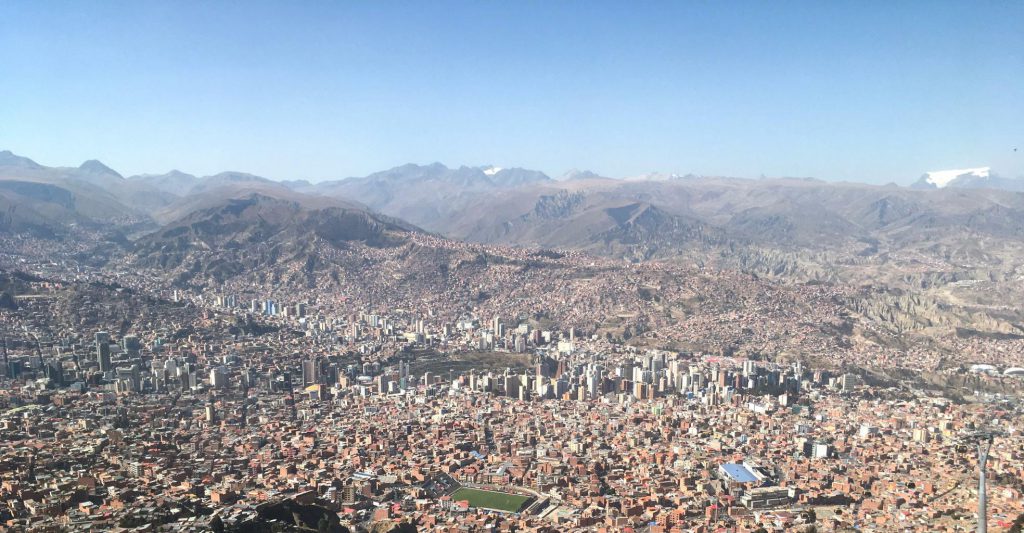
The metropolitan area of La Paz has about 2.3 million people. It’s a big, busy city. The first thing I noticed was the traffic, which in many areas was reduced to gridlock. The city of La Paz fills four canyons about 500 meters deep. The roads up and down the steep canyon walls are mountain roads. They’re narrow, twisting, difficult to navigate, and full of children and donkeys. No wonder there’s gridlock.
So lo and behold, La Paz has come up with the world’s most spectacular mass transit system. Think about it. How would you design a public transit system for a city where getting from one part of town to another involves going down and then back up 500 meters? You’d build an aerial tramway system, of course. And it’s beautiful!
There are 11 color-coded routes to this aerial tramway network (known as the Teleférico) covering 32 kilometers of the sky. With more than 4000 gondolas, you never have to wait more than 15 seconds for a ride. One ride costs about 45 cents.
Each gondola has two wooden benches that accommodate up to 10 passengers. With benches facing each other, the riders tend to be sociable. I enjoyed practicing my Spanish with my fellow commuters.
I spent a whole afternoon riding this wonderful system. For a few dollars, I got an aerial tour of the entire city from a height of about 50 meters. The windows are huge so the views are panoramic. I was glad to be above the congestion and exhaust fumes. When I got tired of looking down at the parks, churches, markets and people, I admired the snow-capped mountains in the distance. Wow!
Riding the Teleférico is the way to get to all the fascinating sites in La Paz. If the altitude is affecting you, ride the Teleférico. It’ll save you from having to climb the city’s hills.
The markets, museums and miradors (viewpoints) were plenty to keep me entertained in this city for three days. Like every city in South America, La Paz has a cathedral on a busy plaza in the center of town. Great people watching here!
Naturally, I had to include a picture of Bolivian women with their distinctive bowler hats.
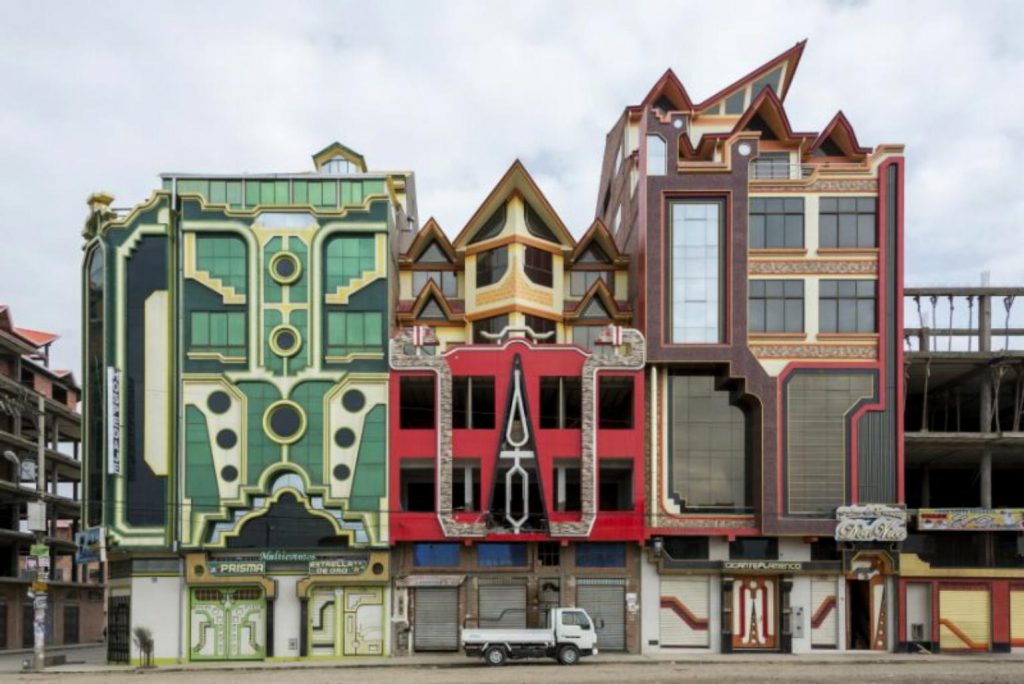
Before coming to La Paz, I read about the outlandish palaces of El Alto called “cholets“. The name comes from a combination of “chalet” (a Swiss cottage with eaves) and “cholo” (a slang term for an indigenous Bolivian). The nouveau riche of this suburb celebrate their wealth with these futuristic mansions. They’re a colorful contrast to the dusty, gray homes with terracotta roofs that surround them. This architectural style seems to be catching on. There’s even a movie about these cholets and their chief architect.
I couldn’t come to Bolivia without seeing Lake Titicaca, the highest navigable lake in the world and the biggest lake in South America. It’s about half the size of Lake Ontario, and a heck of a lot more photogenic. A 3-hour bus ride took me there from La Paz.
These days, there are fast motorboats that ferry tourists from island to island. But it’s good to see a few traditional reed boats built and maintained according to Inca designs.
Like everyone in Latin America, Bolivians are warm and friendly. A week in this country was just a taste of what’s here. I’ll come back. For now, this is my last post from South America. From here, I fly back to America.

A question that I’m frequently asked is “Isn’t it expensive to travel all the time?” Here’s the answer to that question:
In the past 10 months, I’ve had fabulous adventures visiting 29 countries in Asia, Africa, Europe and South America. I’ve flown economy with carry-on luggage only. I’ve taken public transit when available, or rented cars. I’ve stayed in AirBnB’s and 2- and 3-star hotels in the middle of cities. But I like a fine wine and good seats at performances. So, I’ve never scrimped on food or entertainment. I’ve also spent time in expensive places like Luanda, Montenegro, Madeira and Easter Island.
Excluding the four months when I was volunteering in my village in northern Thailand (where my expenses are almost zero), I spent ~$27,000 in six months for transportation, visas, accommodations, meals and entertainment. That works out to be an average cost of $4500 per month or $150 per day.
Coincidentally, $150/day is about what I used to pay in San Francisco for rent, parking, gasoline, groceries and other services. Since I no longer maintain an address in the USA, I use my $150/day to travel instead of sitting at home.
Some people like staying at home. To each his own. As for me, I’m thrilled to have found a way to live comfortably while seeing all the wonderful places in the world. I don’t plan to stop anytime soon. I still have 41 more countries to go.
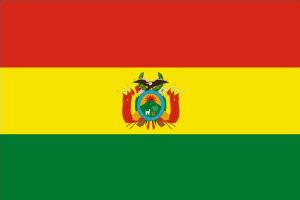

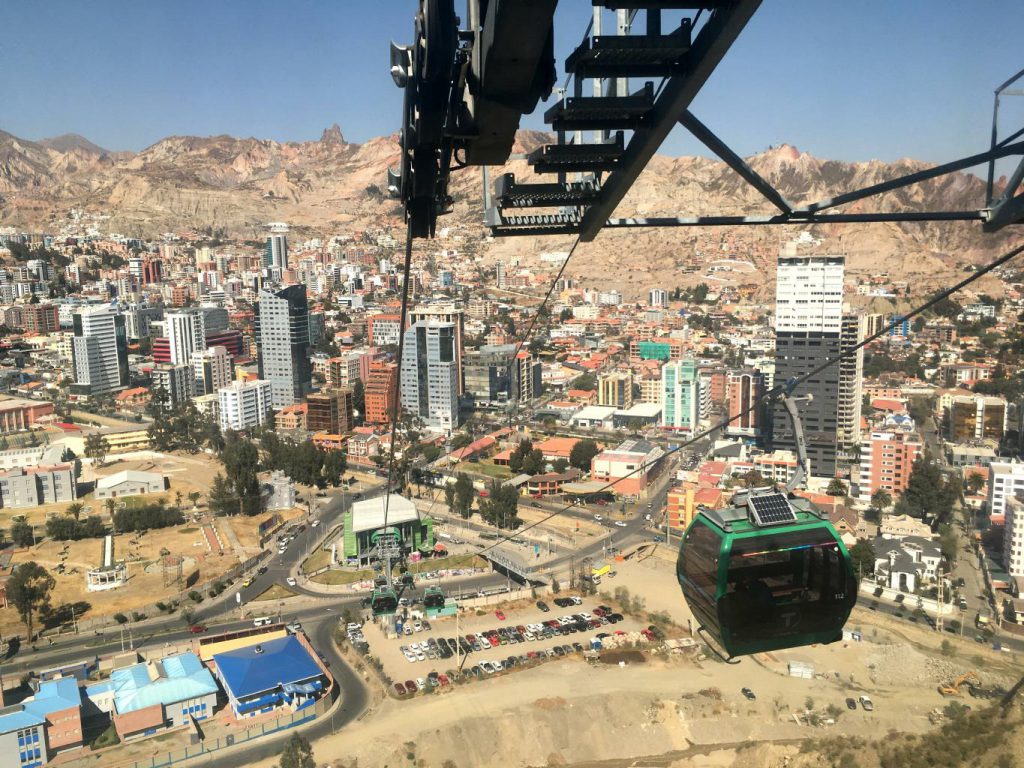
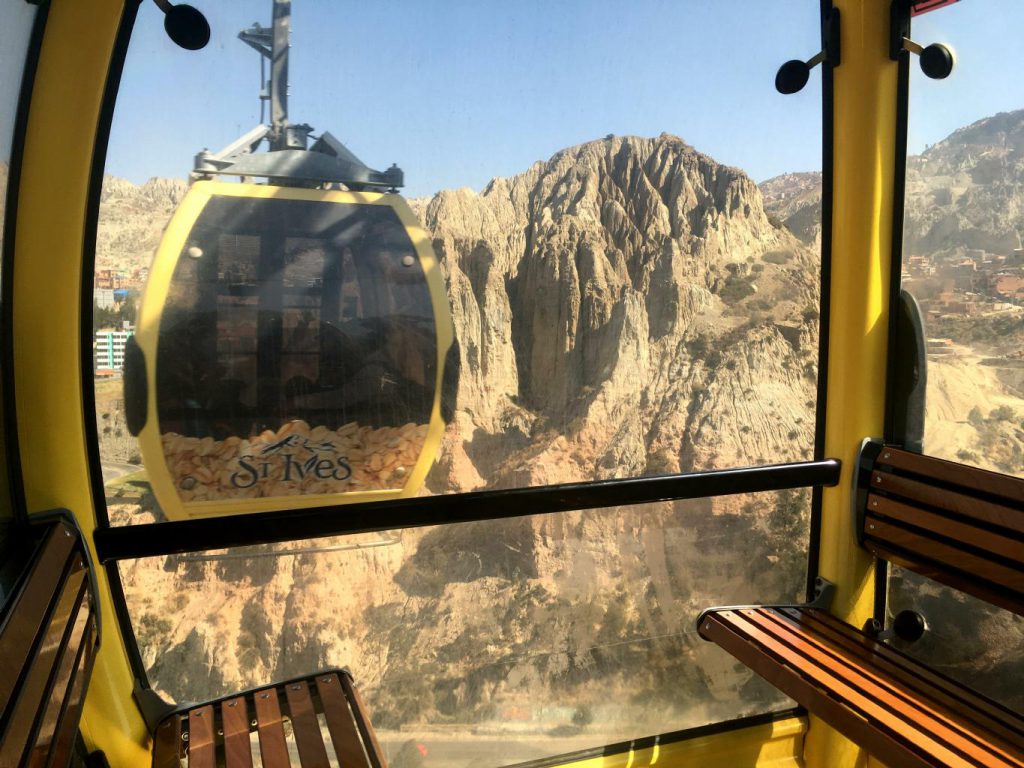
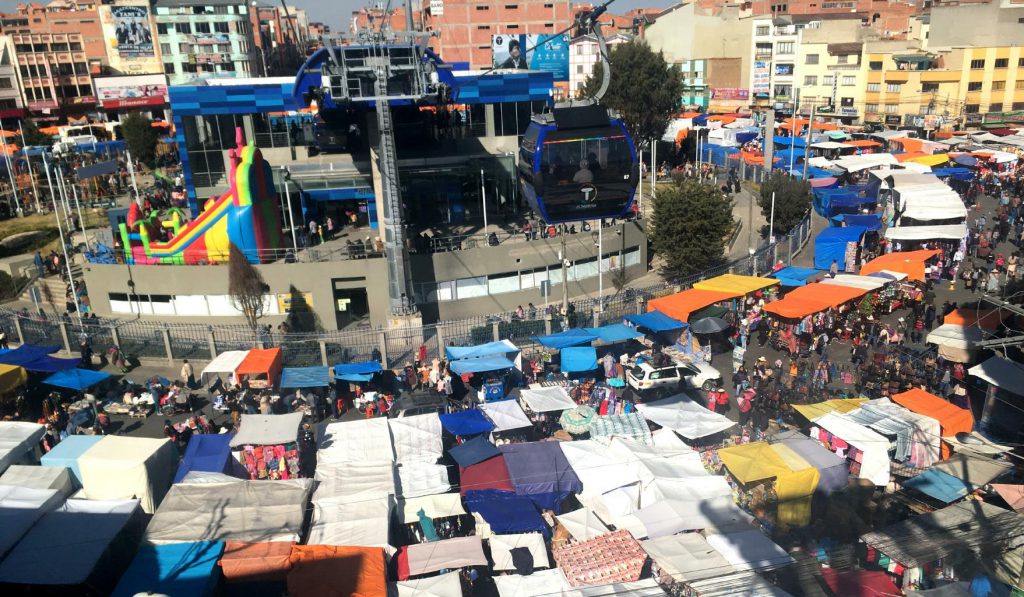
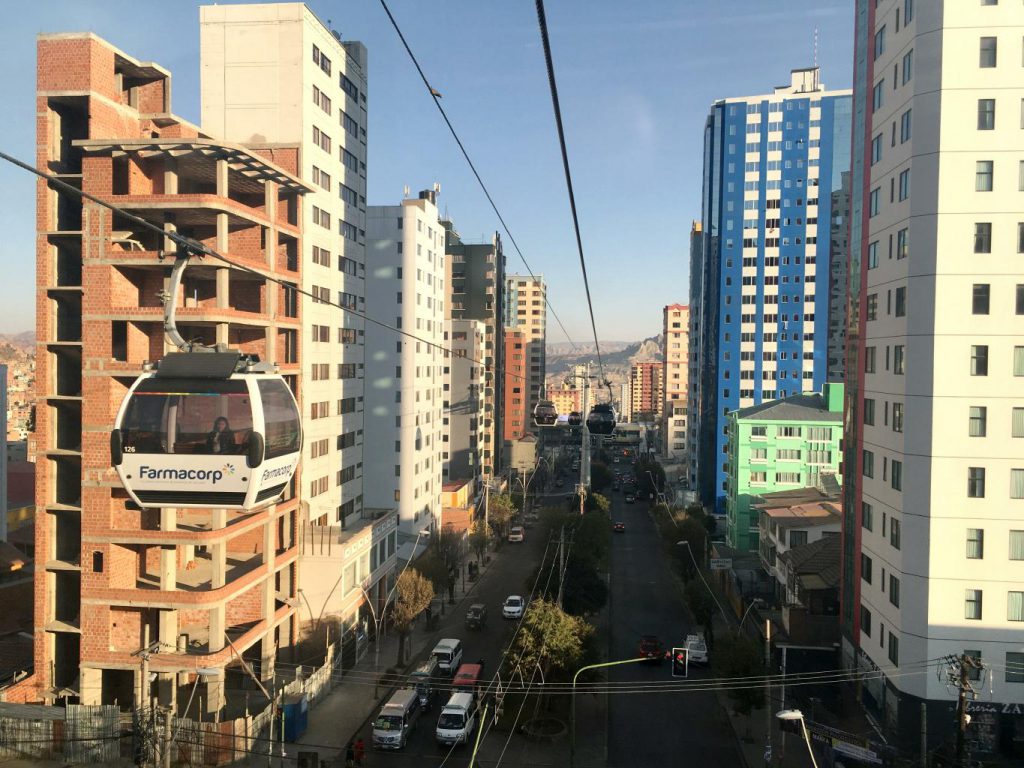
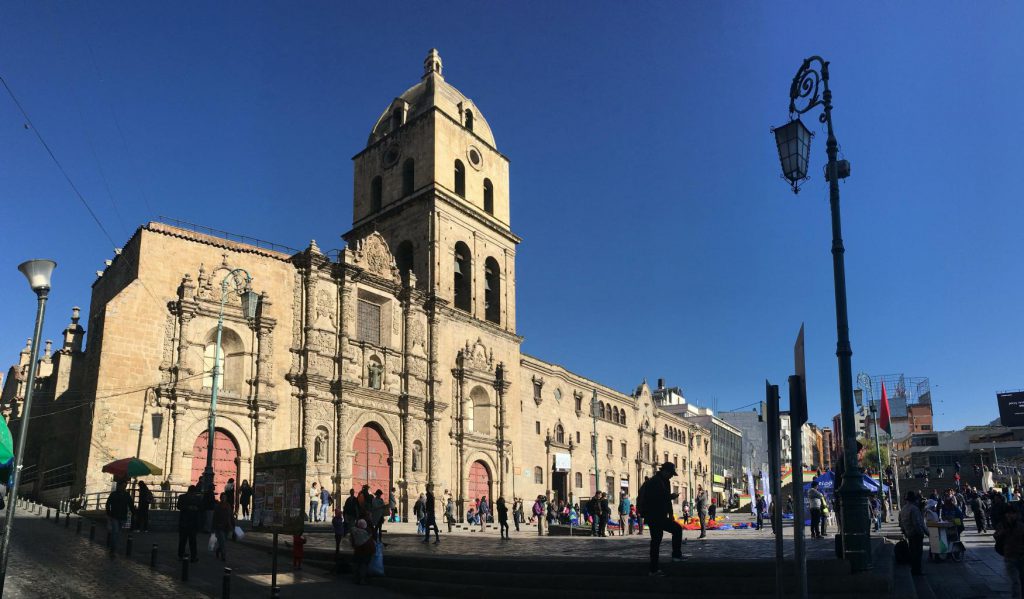
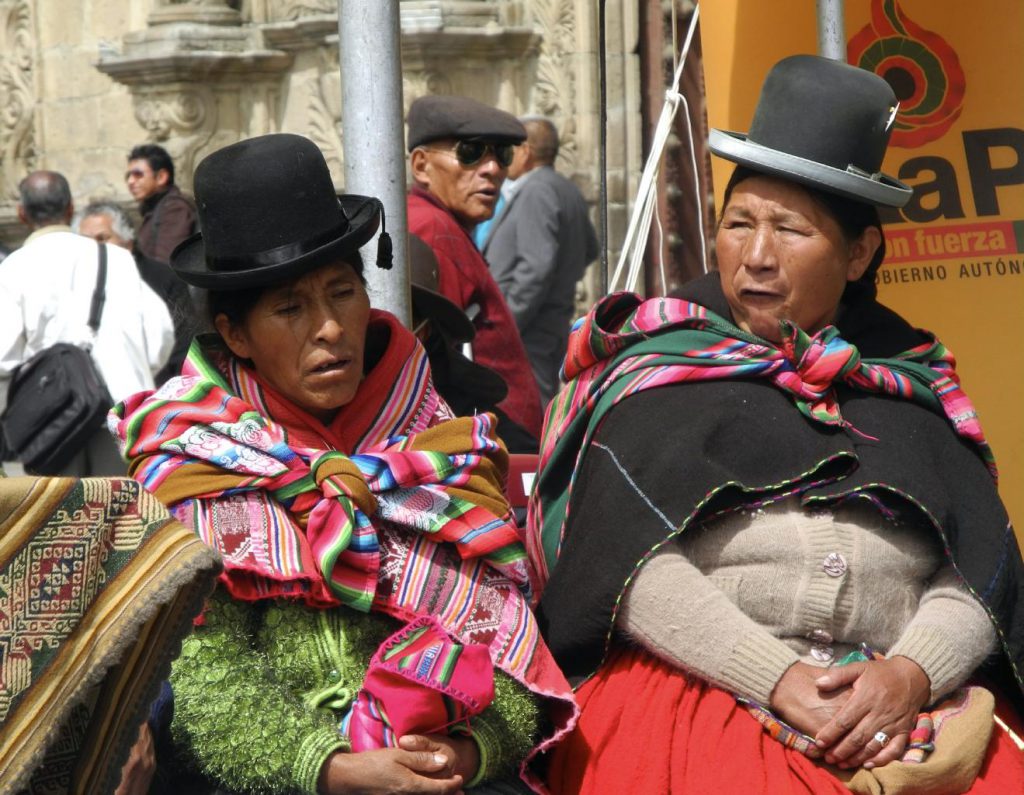
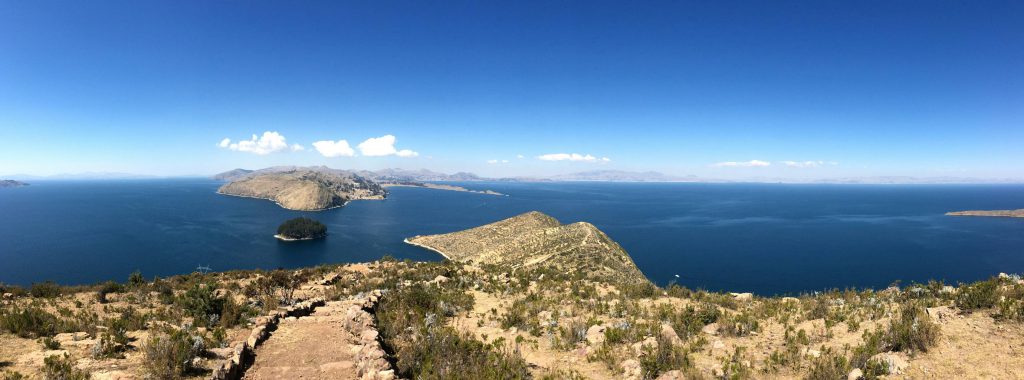
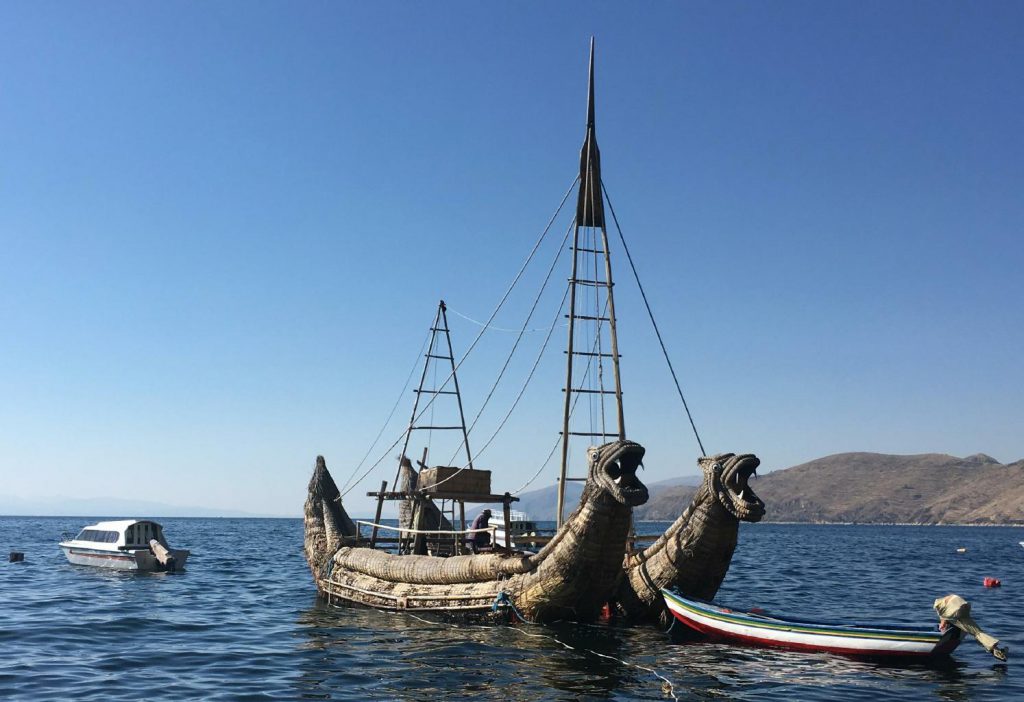
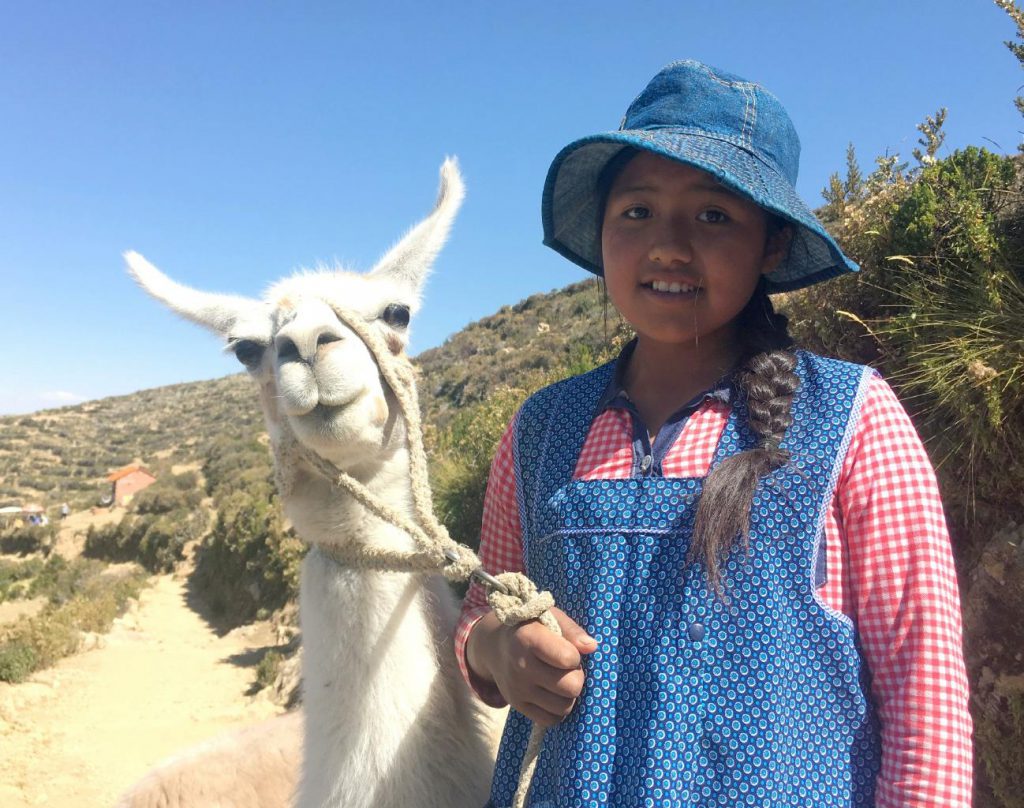
Hi Nick,
Bolivia is my favorite country in Latin America. I eagerly followed your trip, especially those aerial parts in La Paz and water part on the lake Titicaca.
Good luck
Petr
Nick
Well done. Fabulous travel blogs in all ways. You indeed have the distinction of traveling lighter than I do!
Warm regards and keep them coming!
David